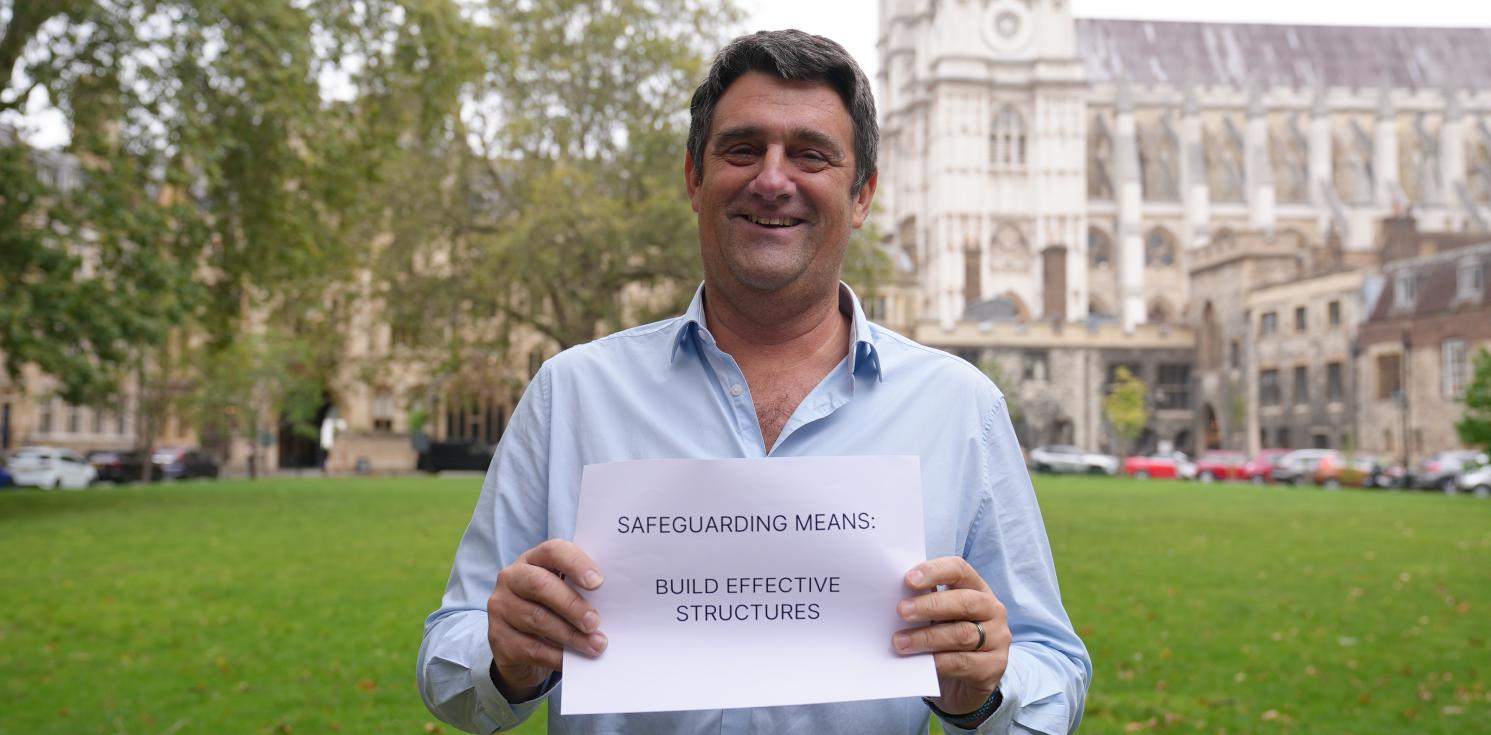Safeguarding: Build effective structures

Safeguarding Sunday took place last month - 19 November 2023. Over the next few weeks, we are delving into the fundamental principles of creating a safe space for all. In previous weeks we’ve focused on establishing good governance and managing power within a chaplaincy community. Today we look at building effective structures within the chaplaincy, based on the Thirtyone:Eight ‘Culture Cube’.
Effective structures should promote transparency, accountability, and a culture of trust. This article explores building robust structures, fostering open communication lines, and providing necessary support within the chaplaincy community to safeguard its members and uphold the values of integrity and compassion.
Understanding written and unwritten structures
Within every chaplaincy, there exist both formal (written) and informal (unwritten) structures that shape the way decisions are made, responsibilities are allocated, and accountability is maintained. Recognising and understanding these structures is the first step towards building a safer environment.
Promoting safer, healthier cultures
By developing clear policies, reporting lines, and accountability frameworks, chaplaincies can ensure that everyone, from clergy to congregation members, is aware of their roles and responsibilities. This clarity not only prevents potential misconduct but also fosters an atmosphere of mutual respect and trust.
Encouraging accountability
Encouraging accountability within the leadership promotes an environment where concerns are addressed openly and constructively. Constructive criticism and feedback are useful for improvement, helping the chaplaincy community evolve and adapt to changing needs and challenges.
Effective communication and safe leadership
Transparent communication is key to ensuring that the chaplaincy's goals are understood by all. Leaders must actively engage with the congregation, explaining the purpose behind the established structures and how they contribute to a safer environment. Safe leadership involves not only setting an example but also fostering an atmosphere where individuals feel comfortable voicing concerns without fear of reprisal.
Providing appropriate support
Individuals in positions of responsibility, be it clergy, staff, or volunteers, require adequate support to carry out their duties effectively. Supervision, personal development, coaching, and mentoring can provide valuable guidance and resources. By investing in the growth and well-being of those in leadership roles, the chaplaincy ensures that they are better equipped to create a nurturing and secure environment for everyone.
For more information on Safeguarding in the Diocese in Europe, visit the safeguarding webpage.


